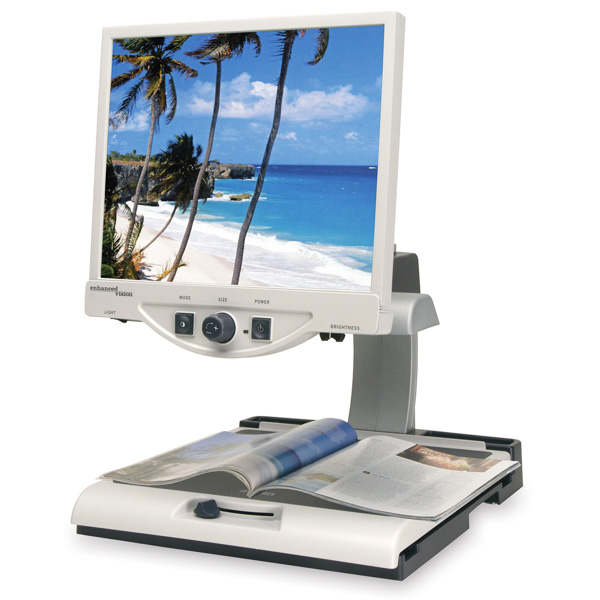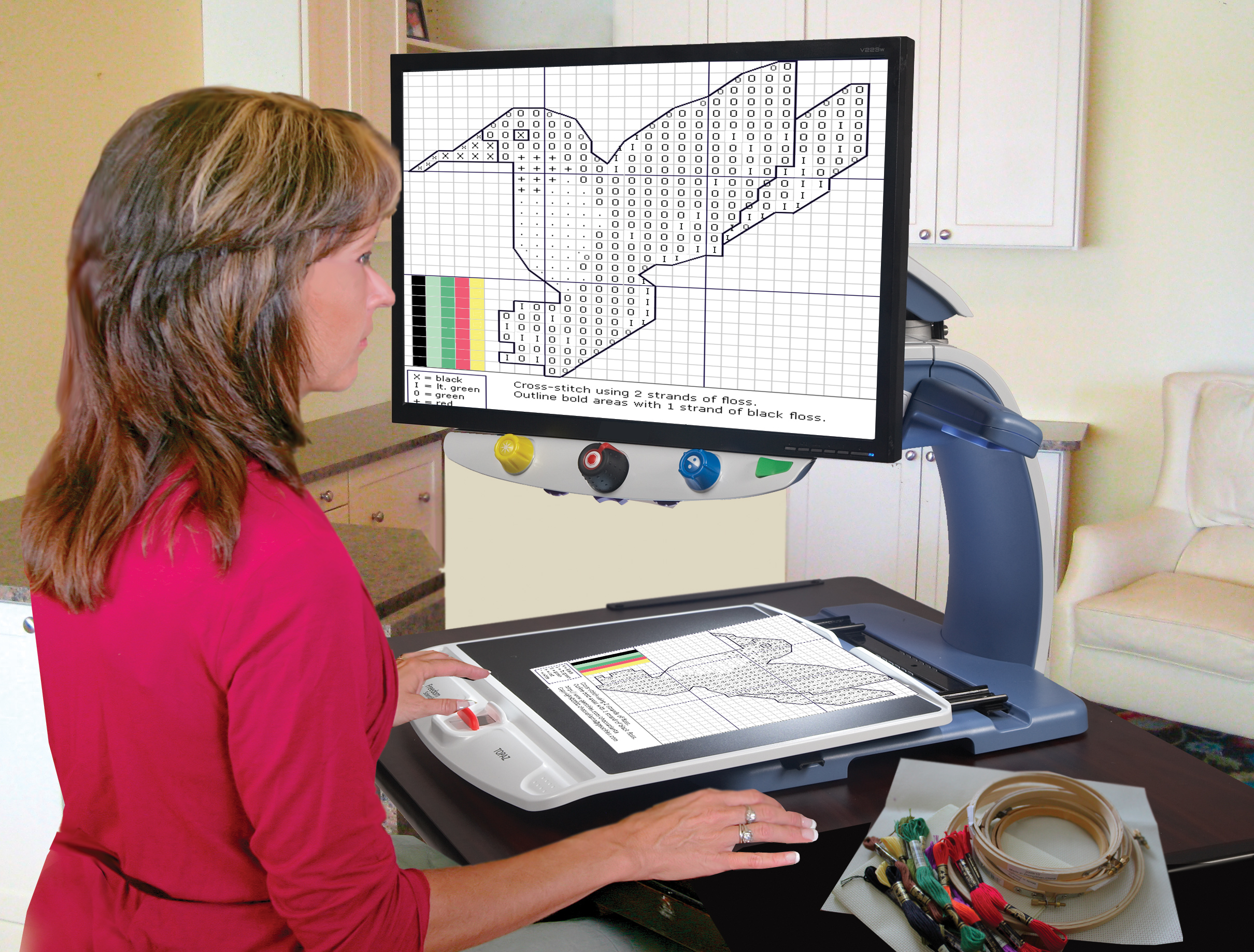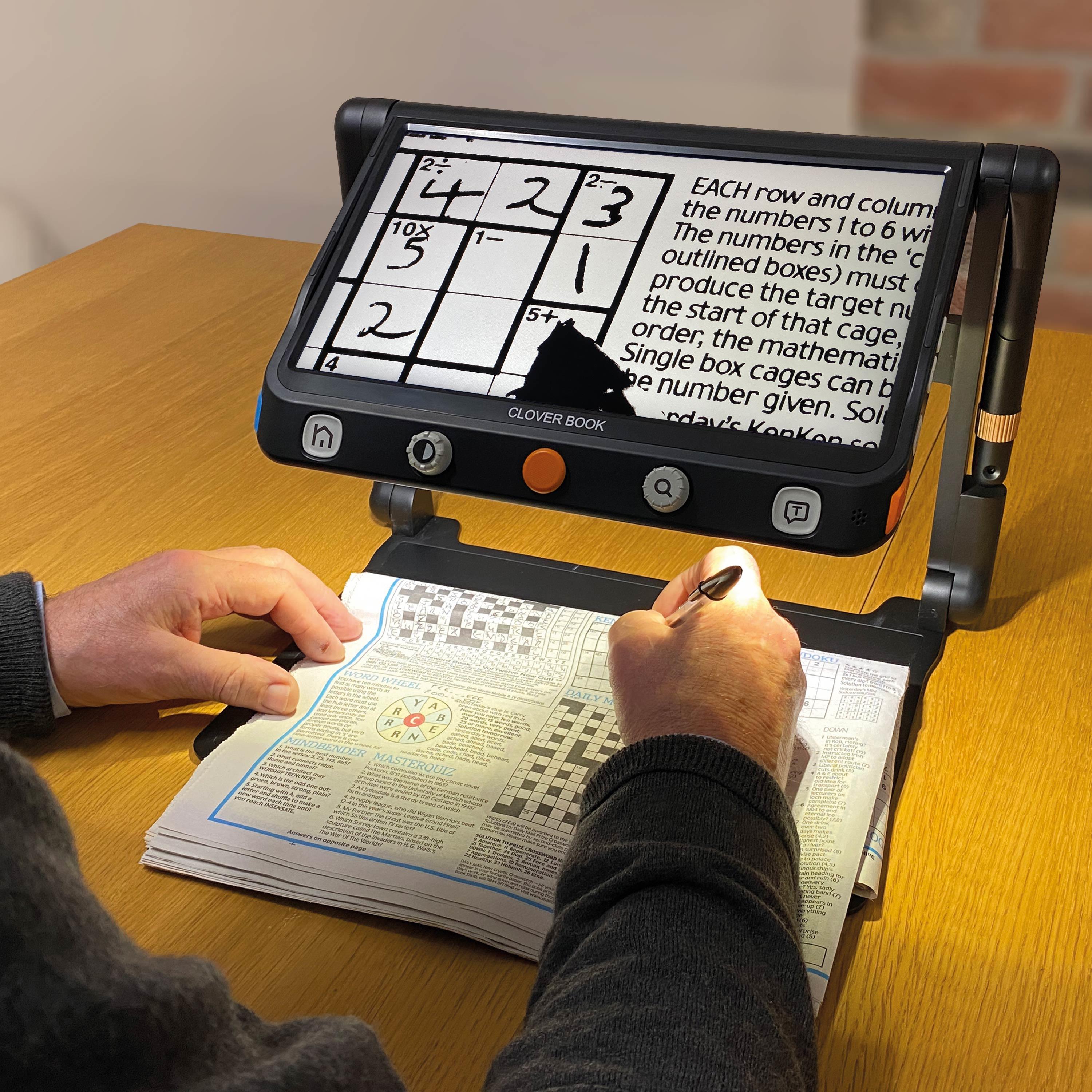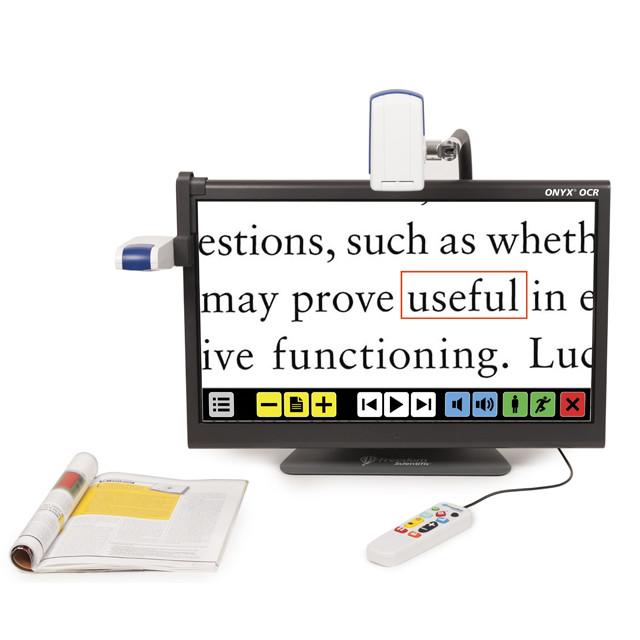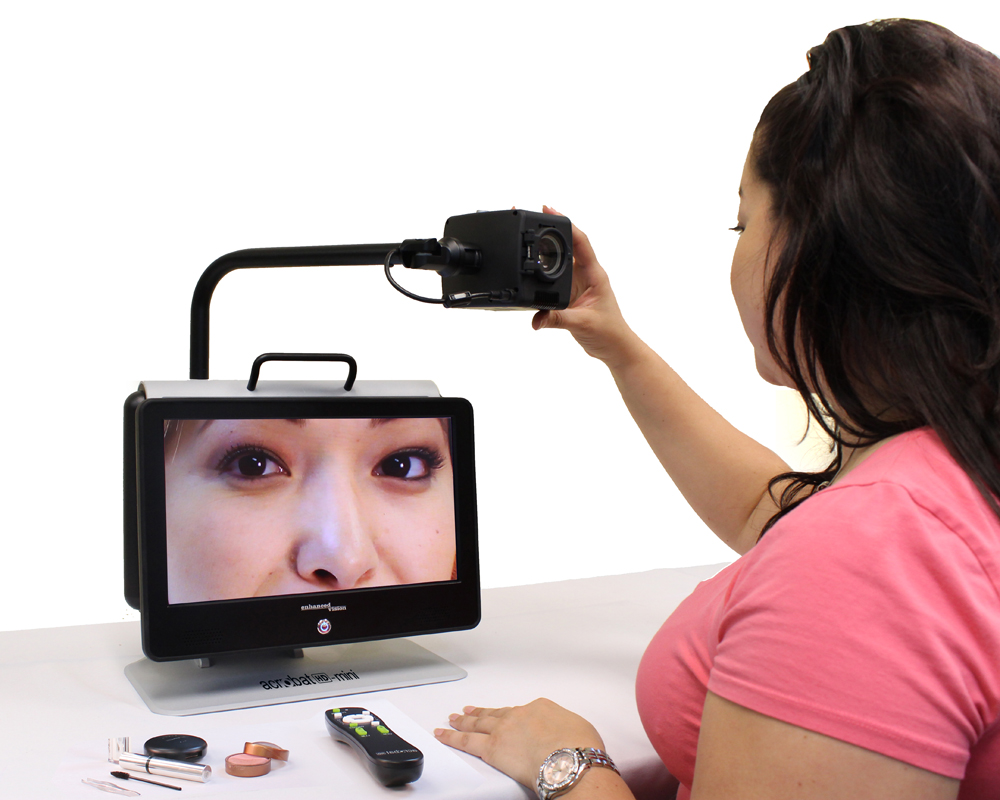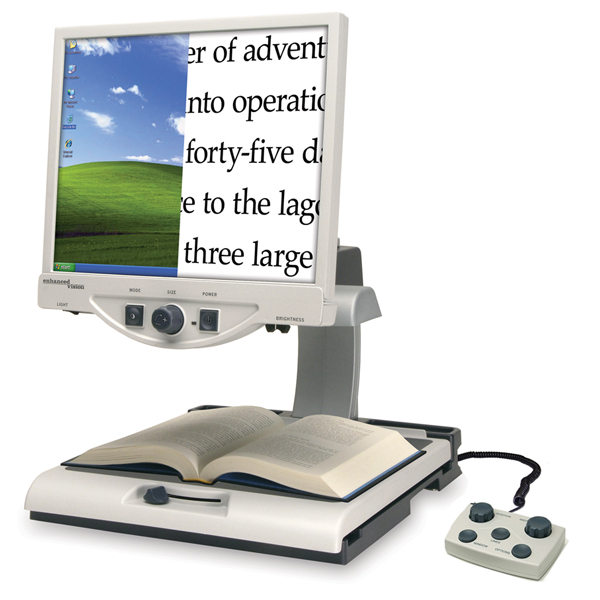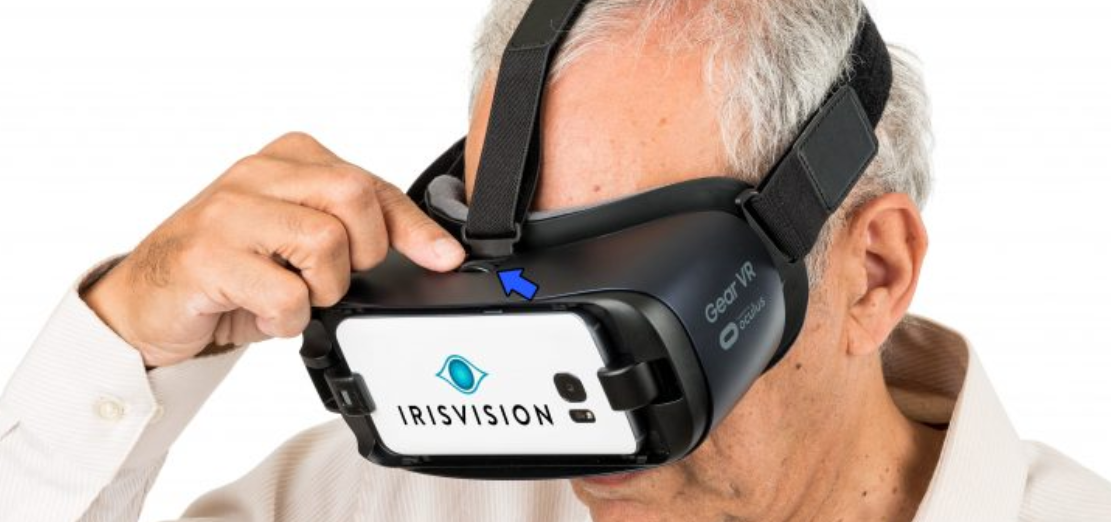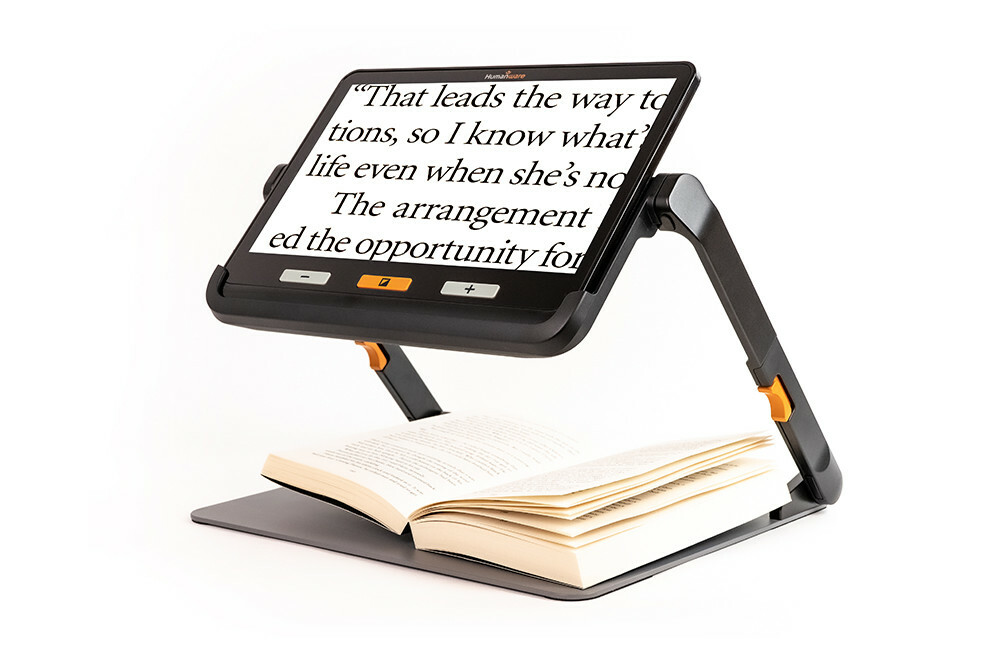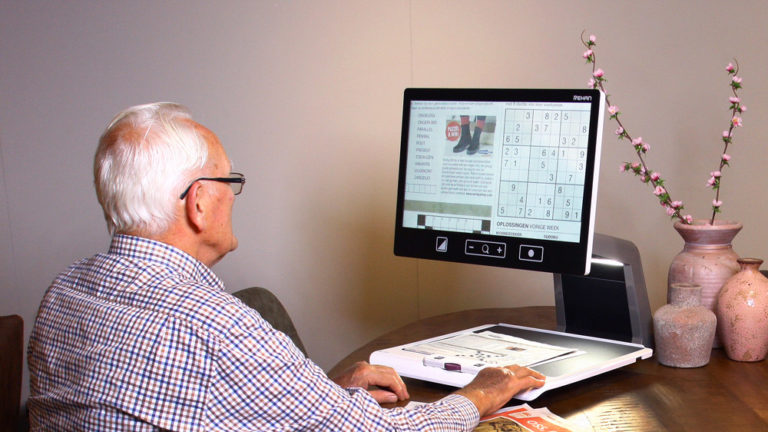Best Computer For Low Vision
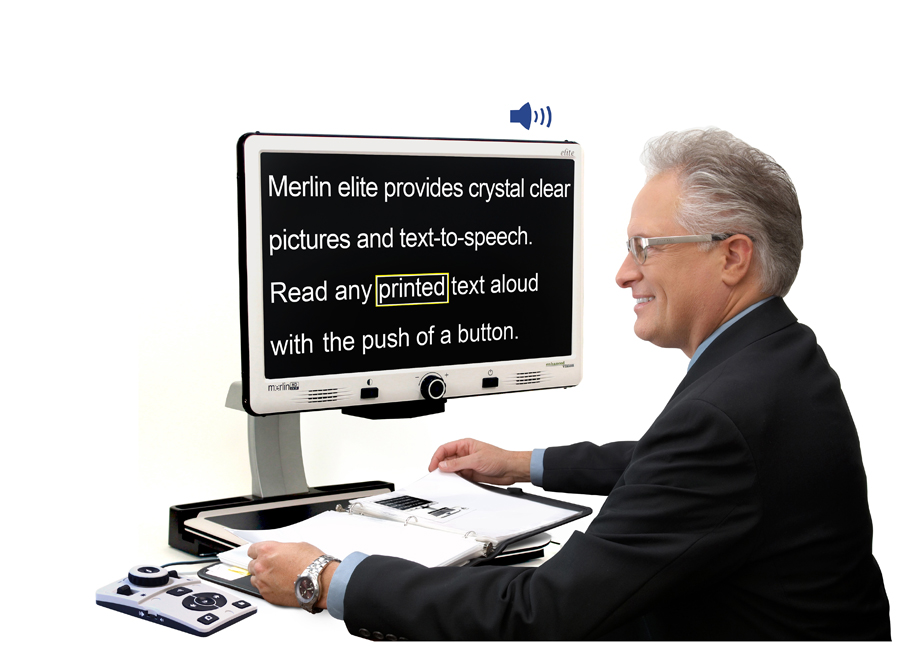
Navigating the digital world can be challenging, especially when you have low vision. But don't worry, the right computer can make all the difference.
This guide is for first-time computer buyers with low vision, offering clear information and practical advice to help you choose the best machine. We'll cut through the tech jargon and focus on what truly matters for accessibility.
Why the Right Computer Matters for Low Vision
A well-chosen computer can dramatically improve your independence and quality of life. It opens doors to communication, education, entertainment, and work, all with tailored accessibility features.
Think of it as an investment in your ability to connect, learn, and thrive in a digital world designed for everyone.
Top 5 Computers for Low Vision: A Head-to-Head Comparison
Here's a quick overview of some popular options, highlighting the key features you should consider.
| Model | Price (USD) | Key Specs | Warranty |
|---|---|---|---|
| Apple iMac 24-inch | $1299+ | Retina Display, macOS Accessibility Features | 1 year limited |
| Microsoft Surface Laptop Studio | $1599+ | Touchscreen, Windows Accessibility Features | 1 year limited |
| Dell XPS 15 | $1299+ | Large Display, Customizable Options | 1 year limited |
| HP Envy x360 15 | $849+ | Convertible Design, Good Value | 1 year limited |
| Acer Aspire TC (Desktop) | $499+ | Affordable, Customizable Components | 1 year limited |
Note: Prices may vary depending on configuration and retailer.
Detailed Reviews: Unpacking the Best Features
Apple iMac 24-inch
The iMac stands out with its brilliant Retina display and user-friendly macOS. Its built-in accessibility tools, such as VoiceOver and display customization, are easy to learn and use.
macOS is known for its stability and seamless integration with other Apple devices. The price point can be a hurdle for some.
Microsoft Surface Laptop Studio
The Surface Laptop Studio offers a dynamic touchscreen experience and Windows' robust accessibility suite. The ability to convert to a tablet mode is a real plus.
Windows offers Narrator screen reader and Magnifier tools, and is compatible with a wider range of assistive technology software. The price might be higher than other options.
Dell XPS 15
The Dell XPS 15 provides a spacious display and customizable options, making it suitable for various needs. Its performance is top-notch for demanding tasks.
Dell computers often allow for hardware upgrades down the line. The design is sleek and professional, but the accessibility features require setup.
HP Envy x360 15
The HP Envy x360 15 balances affordability with a versatile convertible design. It's a good option for those who want a tablet and laptop in one.
HP laptops are readily available and often come with pre-installed accessibility tools. The battery life might be shorter compared to other premium models.
Acer Aspire TC (Desktop)
The Acer Aspire TC desktop provides an affordable entry point and allows for easy upgrades. You can customize the monitor, keyboard, and mouse to your preferences.
Desktops offer more processing power for the price. However, they lack portability. Consider the space requirements as well.
Used vs. New: Weighing the Options
Buying a used computer can save you money, but there are risks. New computers come with warranties and the latest features.
- Used Pros: Lower cost, environmentally friendly.
- Used Cons: No warranty, potential for hidden problems, outdated software.
- New Pros: Warranty, latest technology, peace of mind.
- New Cons: Higher cost, potential for unnecessary features.
If you choose to buy used, carefully inspect the computer and test its accessibility features. A reputable seller is crucial.
Reliability Ratings by Brand
Here's a general overview of brand reliability, based on industry reports and customer feedback:
- Apple: Generally known for high reliability and software stability.
- Microsoft: Hardware reliability varies; software is widely supported.
- Dell: Good overall reliability, with solid support options.
- HP: Decent reliability, widely available service and parts.
- Acer: Affordable, but reliability can be inconsistent.
Keep in mind that reliability can vary depending on the specific model and usage patterns. Reading user reviews is beneficial.
Checklist: 5 Must-Check Features Before Buying
Before you finalize your purchase, make sure to evaluate these key features:
- Screen Size and Resolution: Larger screens and higher resolutions improve visibility.
- Accessibility Software: Ensure compatibility with your preferred screen reader or magnifier.
- Keyboard and Mouse: Look for high-contrast keyboards and ergonomic mouse options.
- Audio Quality: Clear and loud audio is essential for voice commands and screen readers.
- Customization Options: Check if you can adjust font sizes, colors, and contrast to your liking.
Consider trying out the computer in person, if possible, to assess its suitability for your needs. Take advantage of trial periods or return policies.
Key Takeaways: Making an Informed Decision
Choosing the right computer for low vision involves considering a multitude of factors. Price, features, reliability, and personal preferences all play a role.
Don't rush the process. Research, compare models, and prioritize the features that matter most to you. Accessibility should be the priority.
Ultimately, the best computer is the one that empowers you to navigate the digital world with confidence and independence.
Ready to Take the Next Step?
Now that you're armed with the knowledge to choose the perfect computer, start exploring your options. Visit local computer stores, read reviews, and don't hesitate to ask for help.
Your ideal digital companion is out there. Begin your search today!
